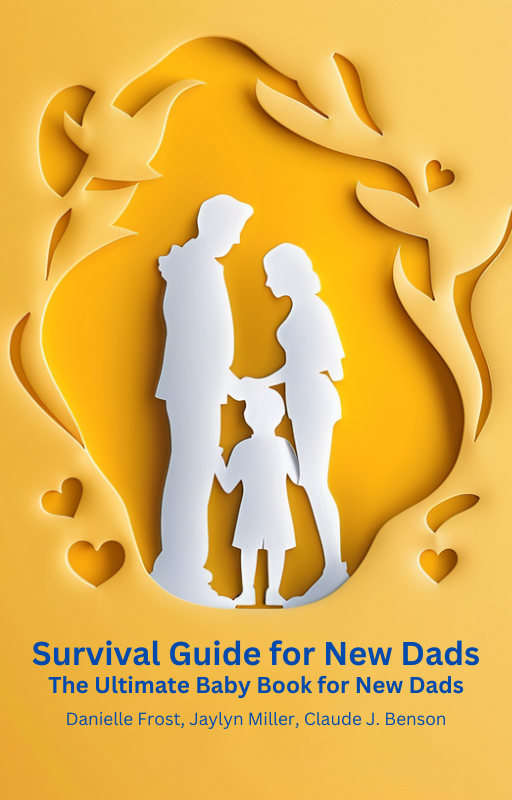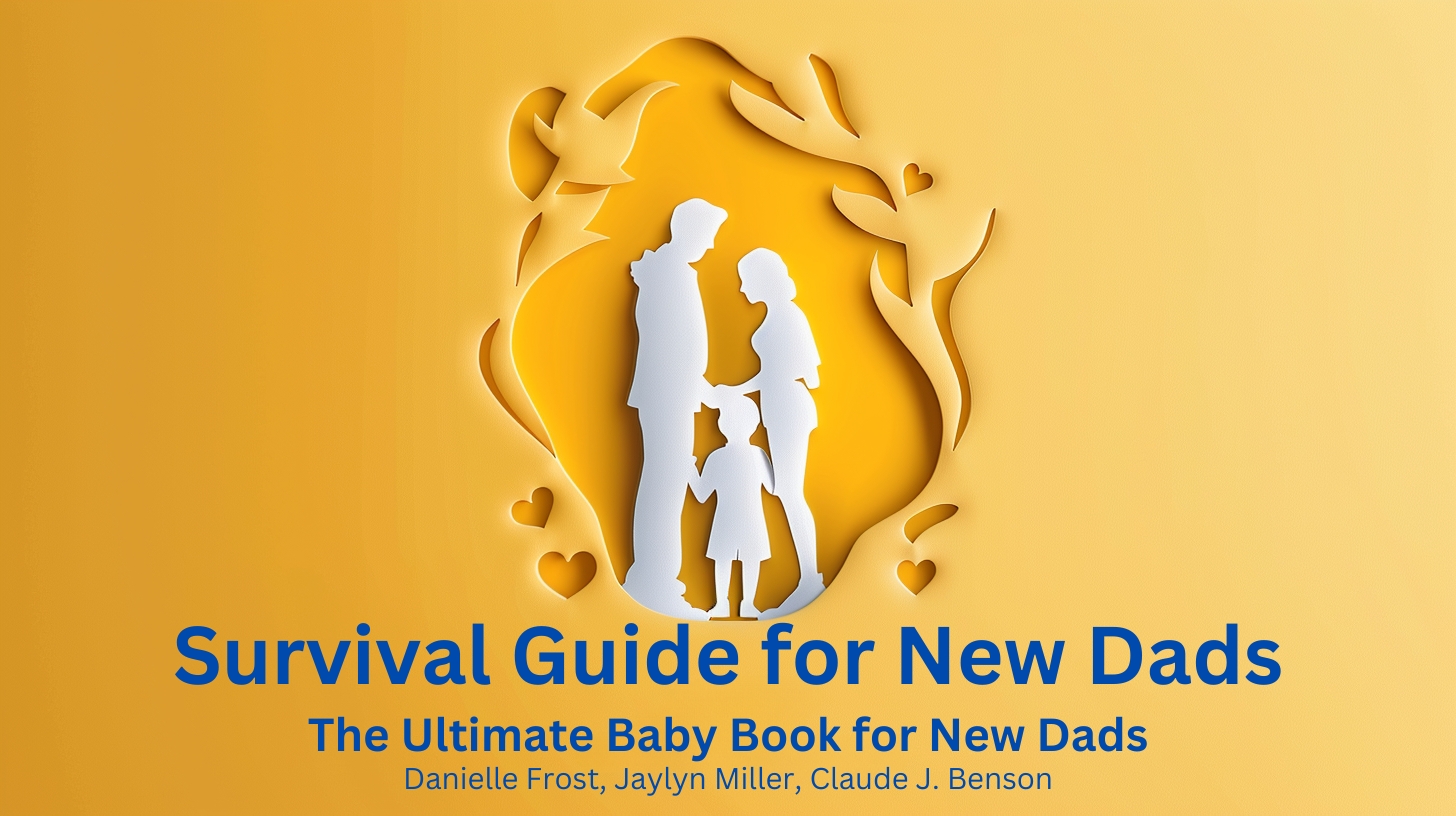In the ever-expanding universe of parenting literature, “Survival Guide for New Dads: The Ultimate Baby Book for New Dads” emerges as a vital resource, challenging traditional narratives and offering a fresh perspective on fatherhood. This collaborative work by Danielle Frost, Jaylyn Miller, and Claude J. Benson presents a nuanced, practical, and emotionally intelligent approach to the complexities of modern fatherhood.

Breaking New Ground
Unlike many parenting guides that inadvertently sideline fathers, this book places dads at the center of the parenting journey. It acknowledges the evolving role of fathers in contemporary society, moving beyond outdated stereotypes to present a more engaged, emotionally present model of fatherhood.
Content Analysis: A Multifaceted Approach
The book’s 13 chapters offer a comprehensive roadmap, guiding readers from pregnancy through toddlerhood. Key sections include:
- Pre-birth preparations: Physical and emotional readiness
- Infant care fundamentals
- Developmental milestone navigation
- Partnership dynamics in new parenthood
- Career-family equilibrium
- Financial planning for family growth
- Paternal mental health and self-care
Each chapter blends practical advice with deeper insights into the psychological and social aspects of fatherhood.
Practical Wisdom: Beyond the Basics
While the guide excels in explaining fundamental childcare tasks, its true value lies in addressing the more nuanced aspects of fatherhood. The authors delve into topics often overlooked in traditional parenting books, such as:
- Strategies for maintaining intimacy in relationships post-baby
- Navigating workplace policies for new fathers
- Addressing Societal Expectations and pressures on Modern Dads
- Techniques for fostering early bonds with infants
This holistic approach sets “Survival Guide for New Dads” apart from superficial parenting manuals.
Emotional Intelligence: Redefining Masculine Parenting
Perhaps the book’s most significant contribution is its frank discussion of fatherhood’s emotional landscape. By normalizing a range of emotions—from joy to frustration to anxiety—the authors challenge traditional notions of stoic fatherhood. This approach supports fathers’ mental health and models emotional intelligence for the next generation.
Inclusivity and Diversity
The guide’s commitment to inclusivity is commendable. It acknowledges diverse family structures, including single fathers, same-sex couples, and adoptive parents. This inclusive stance reflects the realities of modern families and ensures a wider readership can benefit from its insights.
Stylistic Analysis
The writing strikes a balance between authoritative and conversational, making complex information accessible without oversimplification. The authors employ a mix of factual presentation, anecdotal evidence, and reflective prompts, engaging readers on multiple levels.
Visual and Structural Elements
The book’s layout facilitates both in-depth study and quick reference. Key points are highlighted, and each chapter concludes with actionable takeaways. This design acknowledges new parents’ time constraints, enhancing the book’s practical utility.
Critical Perspective: Areas for Improvement
While “Survival Guide for New Dads” is comprehensive, there are areas where it could delve deeper:
- Long-term perspective: More content on fatherhood beyond the toddler years could be beneficial.
- Cultural specificity: Additional insights into fatherhood across different cultural contexts would enhance its global relevance.
- Digital age parenting: Expanded coverage of technology’s role in modern parenting could be valuable.
Conclusion: A Paradigm Shift in Parenting Literature
“Survival Guide for New Dads” represents more than just a parenting manual; it catalyzes how society views fatherhood. By providing a comprehensive, emotionally intelligent, and inclusive guide, the authors contribute to a broader conversation about gender roles in parenting and the importance of engaged fatherhood.
This book is essential for expectant and new fathers, offering practical tools and emotional support. It’s equally valuable for partners, family members, and professionals working with new parents, providing insights into modern fatherhood’s unique challenges and joys.
In redefining the narrative around fatherhood, “Survival Guide for New Dads” not only supports individual fathers but also contributes to societal progress towards more equitable parenting. It stands as a testament to the evolving nature of fatherhood and the critical role fathers play in nurturing the next generation.









